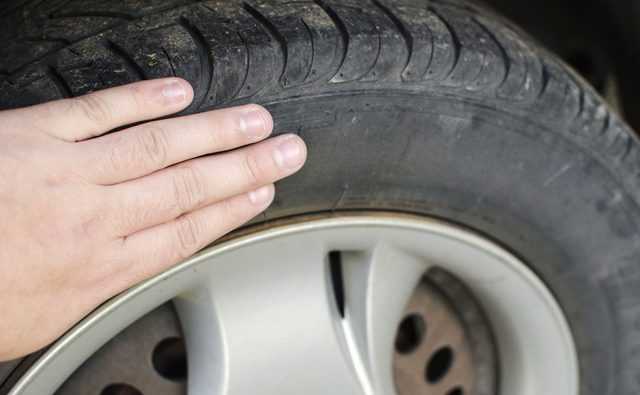You can identify winter tires by the symbols on the sidewall. These are the M+S symbol and the three-peak mountain snowflake (3PMSF) symbol, and both are industry standards.
So far, the well-known M+S mark was sufficient as a winter tire label. The 3PMSF symbol (snowflake) is mandatory for winter or all-weather tires produced since January 1, 2018.
Until September 30, 2024, there is a transition period in which winter tires with M+S labeling that have already been manufactured still meet the winter tire requirement.
However, it is definitely advisable to convert to new winter tires with the 3PMSF symbol (snowflake) soon, as they have to prove their quality in a standardized brake test on snow. This was not yet necessary for the M+S winter tire marking.
2. Three-Peak Mountain Snowflake symbol
When shopping for winter tires, it is important to look for a tire that displays the Three-Peak Mountain Snowflake Symbol (also referred to as the ‘Alpine’ symbol) on the sidewall. Transport Canada acknowledges that tires displaying this symbol meet the specific snow traction performance requirements, and have been designed specifically for use in severe snow conditions.
1. M+S symbol
What is the difference in snow traction between an M+S (Mud and Snow) branded tire, an all-season tire, and a purpose-built winter/snow tire? While many drivers probably are not absolutely sure, it can be the difference between getting to work, getting home, or getting stuck.
The original definition of M+S tires is based on the geometry of the tread design. The M+S designation was first used to differentiate the knobby, bias ply tires intended for use on muddy and/or snow-covered roads from the straight rib tires used on early cars or trucks. Tires with tread designs that meet the definition may be branded with the letters "M" and "S" in several different ways (e.g., M&S, M+S, M/S, MS, etc.) at the discretion of the tire manufacturer.
All winter tires that are marked with the Alpine symbol (pictured below) undergo the ASTM F 1805 tire test on medium-packed snow in standardized testing conditions to ensure their snow traction performance meets the minimum industry requirements to be considered a winter tire. Importantly, tires that are manufactured for medium-packed snow are required by law to perform this test and may display the 3PMSF symbol on the sidewall.
Continental recommends to use winter tires with the "Alpine" symbol on the sidewall and a tread depth of at least 4 mm in winter conditions.
Many SUVs and Off-road-Vehicles are equipped with tires carrying the "M+S“ marking on the sidewall. The reason for this is that this vehicle category was first offered in North America where all-season tires with "M+S“ marking are customary. Within the tire portfolio of Continental this applies for example to the product lines ContiCrossContact LX, ContiCrossContact LX Sport or Conti4x4Contact.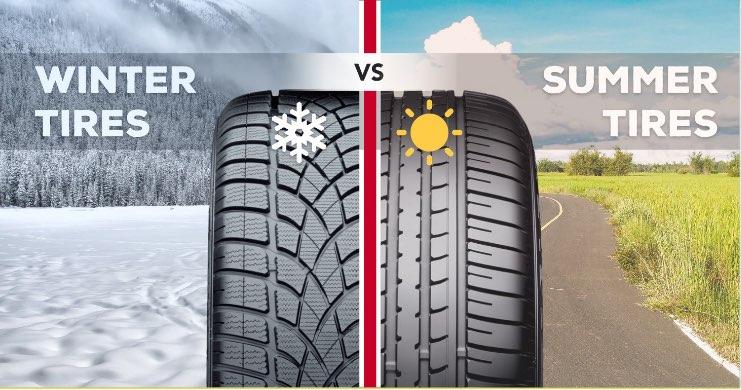
M+S marking is officially defined in an EU directive as meaning: “a tire with a tread pattern and structure designed to better performance in snow than that of a normal tire”. The performance of “M+S” marked tires is therefore neither defined nor measured.
The snow performance of winter tires is specified in North America with the so-called "Alpine" symbol. Only tires which meet or exceed these requirements may carry the "Alpine" symbol.
2022/04/25
Buying winter tires
Winter tires have unique attributes that mitigate the risks of snow, ice, and falling temperatures on the road, providing motorists with greater control.
Read more
2022/04/25
Tread on winter tires
Tread is important in every season, but even more so when roads are slippery, cold and frozen, so check your winter tires!
Read more
2022/12/09
Winter tire laws in Canada
Read more
 ca BlogSkip to content
ca BlogSkip to content If you have recently bought a vehicle, or you have been driving your car or truck for a while but haven’t thought to check out what kind of tires you have, you may be wondering how to figure out what your vehicle is fitted with.
There are many different kinds of tires, and each has been designed for a different driving purpose, and for differing conditions. One main differentiating factor in tire type is what weather conditions it has been designed for – winter, summer, or all seasons.
If you are unsure what kind of tires are on your vehicle, then read on, as we have some quick and easy ways to help you identify them different types of tires, which is especially important if you are planning on buying new ones.
Fairly easy to identify, winter tires always have a pictogram with a snowflake and mountains on their sidewall. This symbol - called 3PMSF for Three Peak Mountain Snowflake - means that the tire meets international standards for use in harsh winter conditions, making it a safe and reliable tire for anyone who drives in snowy, slippery, and extremely cold conditions.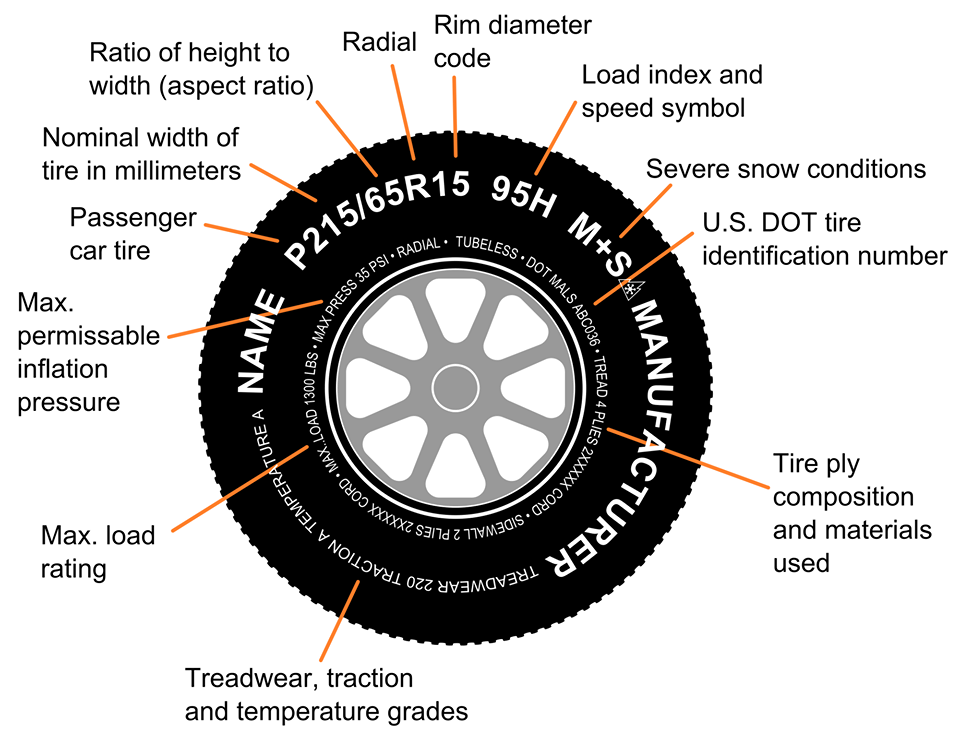 The tread depth of a winter tire is always at least 4 mm, to ensure a longer life in severe winter conditions.
The tread depth of a winter tire is always at least 4 mm, to ensure a longer life in severe winter conditions.
If you are curious about the optimum outdoor temperature range for winter tires, generally, this value is related directly to the rubber compounds used in their manufacturing. If they bear the three-peaked mountain and snowflake logo, it means these winter tires have been tested in winter conditions under 40 degrees Fahrenheit. While this might seem extreme, temperatures this cold do occur in parts of Canada from time to time. Regular winter tires marked with the M+S logo should be installed when the weather dips under 7 °C, or sooner if snow and ice start falling in your region.
If you are wondering if you have summer tires installed on your vehicle, there are a few features you can used to identify them. Summer tires are not quite as common as say, all-season tires, and tend to be found installed on high performance vehicles such as sports cars, or cars used solely during the summer months, such as vintage cars. Other features of summer tires include:
Other features of summer tires include:
As you have read, summer tires are best suited for warm weather driving, but you may have questions about what the ideal summer tires temperature range might be. The suggested temperature range for summer tires is when the weather hits above 45 °F or 7 degrees Celsius. In most parts of Canada, this means that summer tires are best installed near the end of the spring season, or at the beginning of summer – and are taken off and replaced with your all-season tires at the beginning of fall, still depending, of course, on where you live.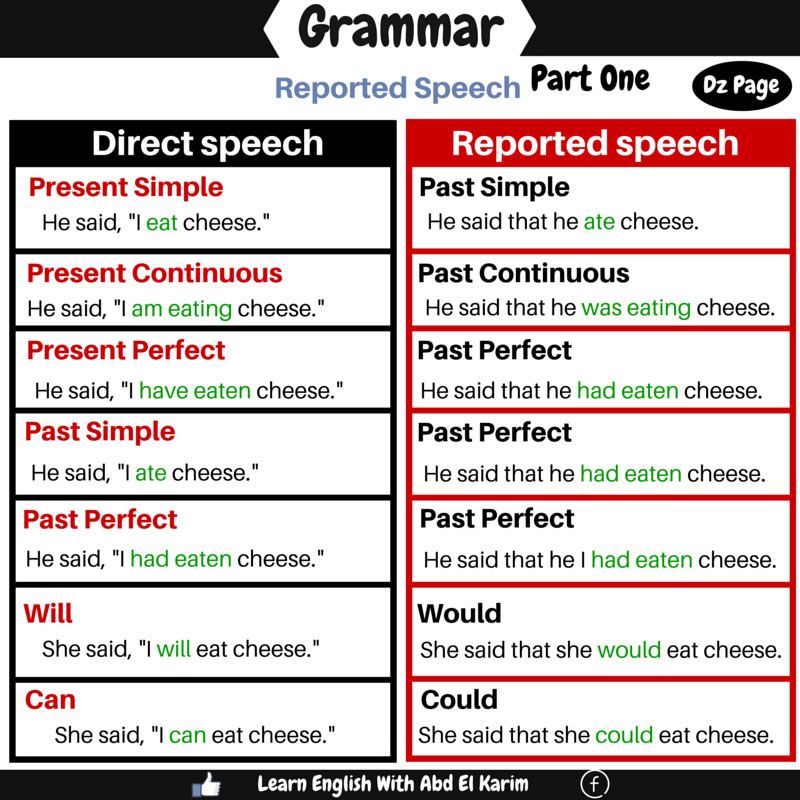
One of the most popular types of tires is the all-season tire. If you are wondering if those are the ones equipped on your vehicle, then here are a few features to look for:
Because they are called all season, these types of tires can be used all year round, as long as you are driving in average conditions. However, if you want to know the temperature range for all-season tires, you should install them when the temperature is between 30 °F and around the freezing mark in Canada of 0 degrees Celsius. These tires will perform well during the winter months, but if you live in a region where you get a lot of snow and ice, or you travel on less well-kept roadways, then you may want to think of putting winter tires on your vehicle when the snowy season begins.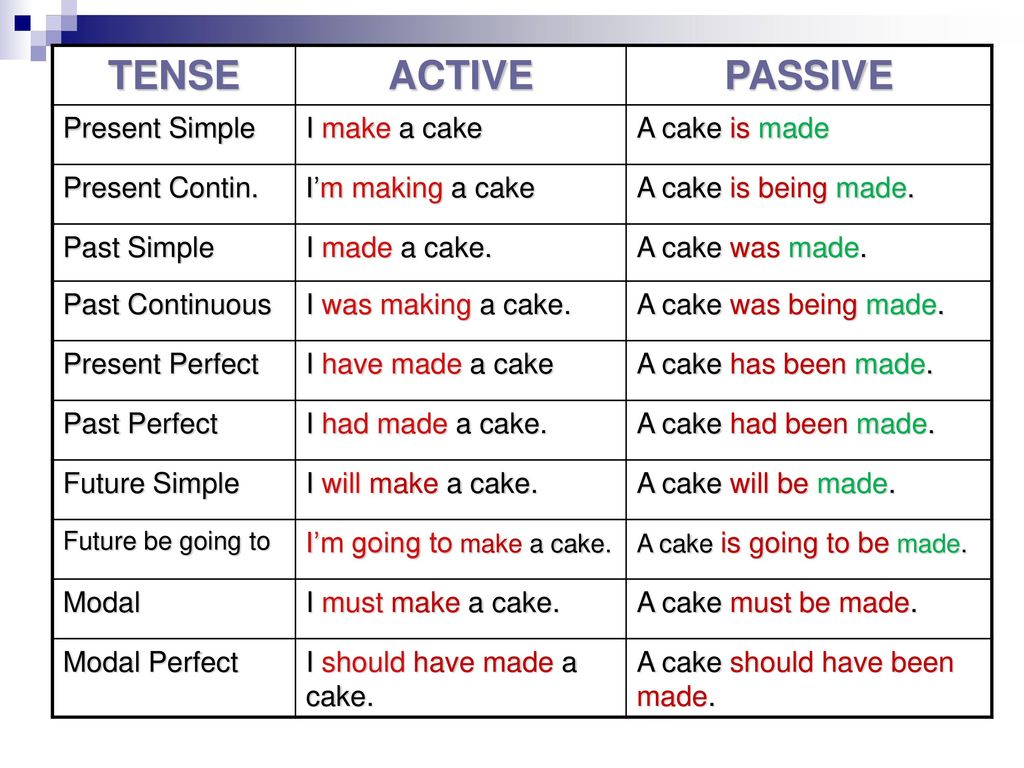
Of course, if you have any questions about what kind of tires to install on your vehicle, or need additional help determining what kind of tires you currently have on your car or truck, it’s best to reach out to a team of tire experts, like the people at blackcircles.ca. Our team is available to answer all your questions on tires, and we can also help find the perfect set of new tires at the best prices in Canada. Just reach out to us by email, phone or use our online chat, and we will be happy to help you out.
discover our best 2021 summer and all season tires
The right choice of car wheels will allow you to move in comfort and safety. Rubber must strictly correspond to the season, road and temperature conditions. Incorrect use of wheels significantly increases the braking distance, the service life of the wheels, and the economy of movement. It is not surprising that manufacturers produce summer and winter tires, and today universal all-season tires are becoming especially popular. It is worth figuring out how to distinguish winter tires from summer tires, and for this you need to study the main characteristics of the wheels.
It is not surprising that manufacturers produce summer and winter tires, and today universal all-season tires are becoming especially popular. It is worth figuring out how to distinguish winter tires from summer tires, and for this you need to study the main characteristics of the wheels.
Tires for the cold season are distinguished by a carved and deep tread pattern, which can look like a familiar “herringbone” or chaotic depressions. Lamellas or zigzag cuts on the tread are the virtues of winter tires. It is they, as well as checkers and deep grooves, that provide effective removal of snow and water, increase the coefficient of adhesion on the road. There are two main types of tread pattern for winter:
Scandinavian - the pattern is sparse, the checkers are staggered and look like rhombuses, there is a noticeable distance between the elements of the pattern;
European - the pattern is located diagonally, the network of channels is well developed, powerful lugs are located on the periphery of the tread, there are a large number of thin slots - lamellas on the surface.
Summer tires have shallow tread grooves designed to expel water, the number of sipes is kept to a minimum. There is no micro-pattern in the wheels for summer.
Spikes are another criterion of seasonality. There are no summer studded tires, and winter studding should be chosen carefully. The studs are designed for driving on ice, providing good grip where other wheels slip. They should not be located in two rows on the sides of the tires - this will not shorten the braking distance at all, and the spikes themselves will fly out after several trips. High-quality studding suggests an asymmetric or snake-like arrangement of spikes.
In addition, rubber for winter tires is softer and more elastic, it is visible to the naked eye for an experienced driver. This is easy to determine even by touch, since there is an order of magnitude more rubber in the rubber compound, which allows the tires not to freeze at low temperatures. Summer tires, on the contrary, are more elastic - there is less rubber in them, because in the heat soft tires “float” and do not hold the road. For safety reasons, summer tires are resistant to wear and high temperatures.
For safety reasons, summer tires are resistant to wear and high temperatures.
During operation, winter tires warm up and therefore do not lose their elasticity and softness. On winter snowy or icy roads, this provides maximum grip, effectively shortening the braking distance. Summer tires cool down at speed, becoming more shaped and firm.
An important quality of rubber, which makes it possible to distinguish between summer and winter tires, is the maximum permissible speed. In winter, even on the highest quality roads, it is not recommended to drive faster than 140 km / h; summer tires are more democratic in this matter.
Despite everything, even a novice driver will be able to determine the seasonality of tires by special designations used by manufacturers. The letters M + S (mud and snow), as well as W (Winter - winter) guarantee comfortable driving in snow and mud, in some cases MS is the marking of all-season tires. Also, an image of the sun (for summer) and snowflakes (for winter wheels) is applied to the side surface of the wheels.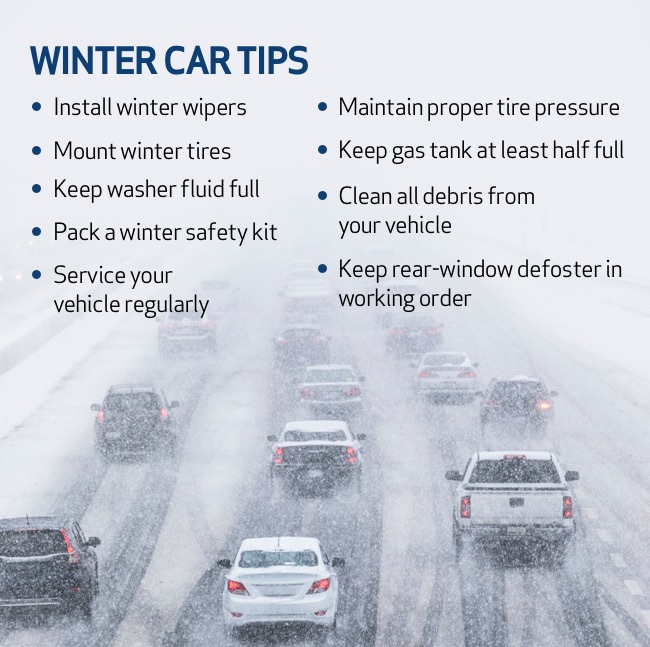 It is important to know that there is no special letter designation for summer tires.
It is important to know that there is no special letter designation for summer tires.
Before the next winter, motorists who have driven for several seasons on studded or friction tires have a question. Should I buy new ones or old ones are still able to provide reliable grip on snow and ice? To make the right decision, you need to know how to determine the wear of winter tires, and what is its maximum allowable limit.
The main indicator of the suitability of tires for operation is the tread height. However, in the case of studded tires, the number of studs is an equally important factor. Even when there are almost none left, some motorists are in no hurry to get a new thing. Such drivers mistakenly think that in this way their tires have become frictional.
But tires, which are popularly called Velcro, have a completely different rubber compound. They are much softer than studded ones and lose their valuable properties faster in the cold.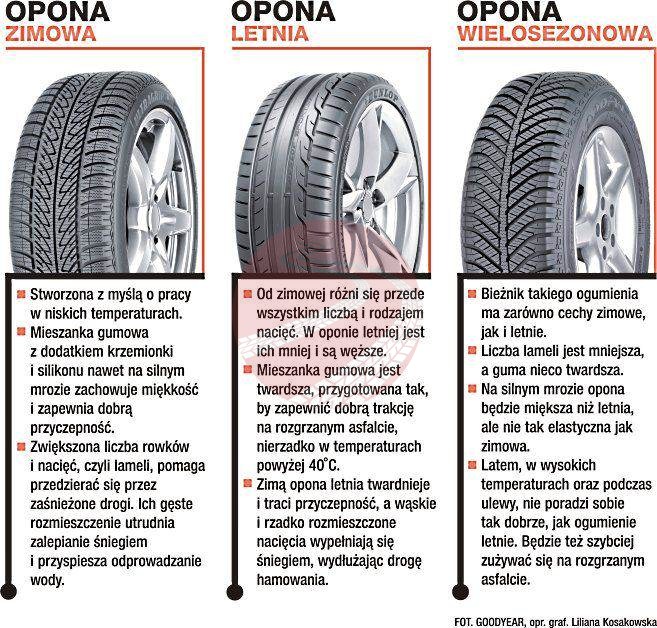
Winter tire wear is estimated according to the following indicators:
The "List of malfunctions and conditions under which the operation of vehicles is prohibited" establishes a critical tread wear of a winter tire - 0.4 cm. But most manufacturers of studded and friction tires recommend changing earlier. To measure the tread height, a regular ruler will do. If the result is 0.5 cm, it is better to purchase new tires.
It is necessary to measure the tread height not in one place, but in several, since wear can be uneven. For example, 0.6 cm may remain on one side of the tire, and 0.4 cm on the other. In this case, it is necessary to change the tires. You can buy winter tires at the TopDetal.ru online spare parts store at competitive prices.
If the tread height is normal, this does not mean that the tire is serviceable.